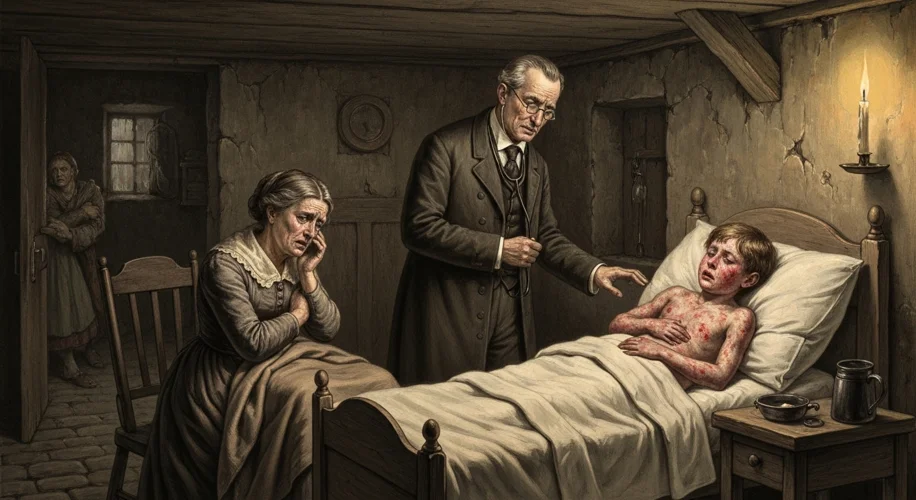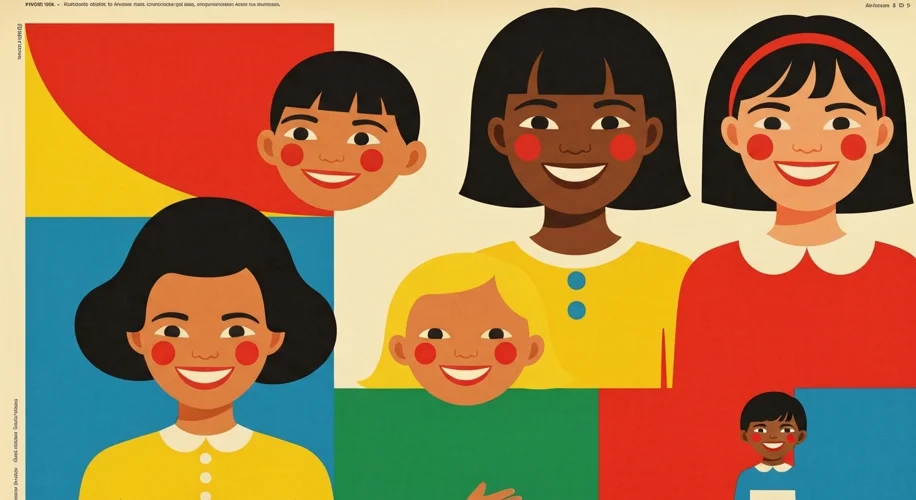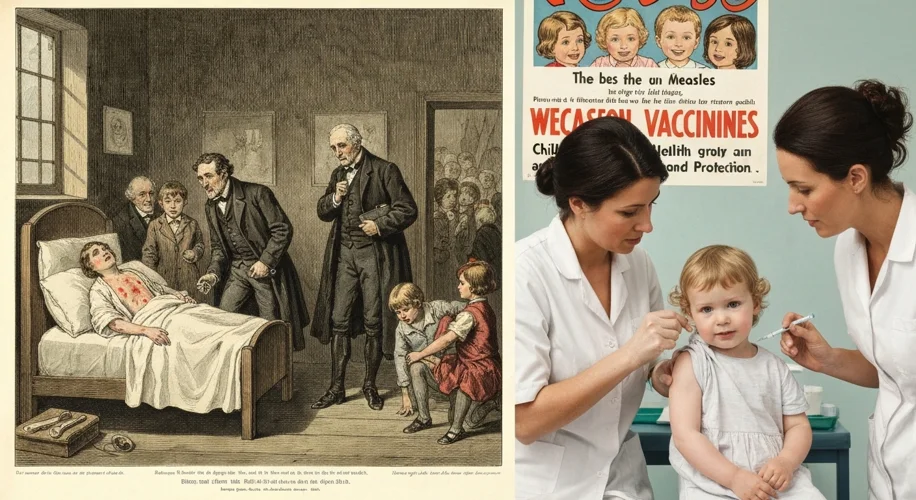The whisper of measles, once a childhood rite of passage, now echoes with a chilling modern resonance. In an era of unprecedented medical advancement, the resurgence of this highly contagious disease, often fueled by hesitant vaccination stances, forces us to confront a history etched in suffering and triumph: the relentless battle against measles and the monumental achievement of vaccination.
For centuries, measles was a shadow that loomed over every nursery. It was not merely a rash and a fever; it was a harbinger of blindness, deafness, brain damage, and death, particularly for the very young. Before the advent of effective vaccines, measles was a global pandemic, a relentless tide that swept through communities, leaving devastation in its wake. Imagine a world where the arrival of spring brought not just blossoming flowers, but also the terrifying certainty of the measles outbreak. Families lived in a state of perpetual vigilance, their children’s laughter tinged with the unspoken fear of this invisible enemy.

The historical context of measles is a grim testament to humanity’s vulnerability. In densely populated urban centers, the virus spread like wildfire. Entire villages could be decimated, leaving behind a landscape of sorrow and empty homes. The disease was particularly brutal in indigenous populations who had no prior exposure and thus no natural immunity. When European explorers and colonizers arrived in the Americas, they inadvertently brought with them not just new goods and ideas, but also deadly pathogens, with measles often being a devastating component of these introductions. The impact was catastrophic, leading to massive population declines and fundamentally altering the course of indigenous histories.
The turning point in this long and harrowing saga arrived with the pioneering work of scientists who dared to challenge the inevitability of infectious disease. The journey to a measles vaccine was a long and arduous one, building upon earlier triumphs in vaccination, most notably Edward Jenner’s groundbreaking work with smallpox in the late 18th century. However, isolating and developing a safe and effective vaccine for measles required decades of meticulous research and countless setbacks. Key figures like John F. Enders, Thomas Peebles, and Maurice Hilleman dedicated their lives to this cause. Hilleman, in particular, is a titan of modern medicine, credited with developing over 40 vaccines, including the measles vaccine, which was licensed in 1963. His work, often carried out with limited resources and immense personal dedication, stands as a beacon of scientific endeavor.
The development of the measles vaccine was not merely a scientific breakthrough; it was the dawn of a new era in public health. The vaccine worked by introducing a weakened or inactivated form of the measles virus to the body, allowing the immune system to develop antibodies without causing the severe illness. The subsequent widespread vaccination campaigns, spearheaded by organizations like the World Health Organization (WHO) and national health services, aimed to achieve herd immunity – a state where a sufficiently high percentage of the population is immune, thereby protecting even those who cannot be vaccinated.

The impact of these campaigns was nothing short of revolutionary. Before the vaccine, hundreds of thousands, if not millions, of children died from measles annually worldwide. Within a decade of the vaccine’s introduction, measles deaths plummeted by over 80%. This was a victory for humanity, a testament to our ability to collectively overcome a devastating natural threat. The eradication of measles from entire regions became a tangible goal, a vision of a future where this ancient scourge would be relegated to the history books.
However, the story of measles vaccination is not a simple, linear progression of triumph. As vaccination rates climbed and measles cases dwindled, a dangerous complacency began to set in. In some parts of the world, particularly in developed nations, the perceived threat of measles diminished, leading to a decline in public confidence and the emergence of vaccine hesitancy. Fueled by misinformation, distrust of medical institutions, and a variety of other factors, anti-vaccination sentiments began to gain traction. These sentiments, though often presented as personal choice, carry profound historical weight, as they threaten to unravel the hard-won gains against a disease that once held humanity in its grip.
Today, as we grapple with renewed measles outbreaks, we are reminded that the fight against infectious diseases is an ongoing one. The history of measles vaccination is a powerful narrative of scientific ingenuity, global cooperation, and the profound impact of public health initiatives. It is also a cautionary tale, a stark reminder that vigilance, education, and a commitment to collective well-being are essential to safeguard the progress we have made. The choices we make today regarding vaccination will undoubtedly shape the health landscape for generations to come, echoing the triumphs and the tribulations of those who fought this battle before us.


